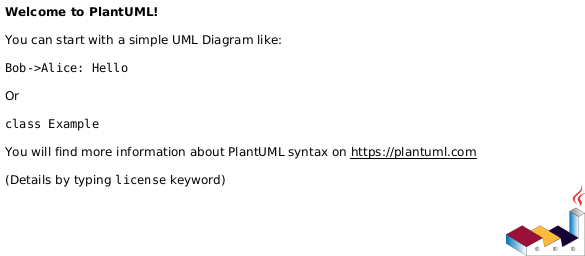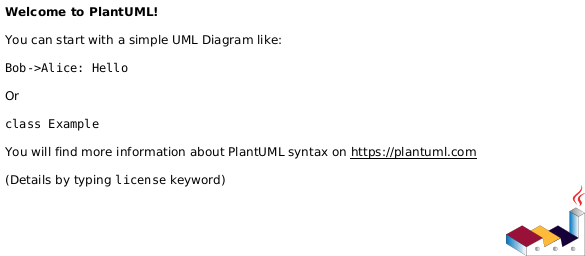@frui.ts/screens
Screens
Since the application should be ViewModel-driven, we need to properly design the application structure within VMs.
There is a simple base class for all view models - ScreenBase. It handles basic lifecycle such as initialize, activate, deactivate. These actions origin from the root View component and are passed to child view models by their parent conductors.
Hierarchical nesting of VMs is necessary to structure almost any application and thus base classes for the task are supplied as well:
ConductorSingleChild - conductor with manually managed child VMs, e.g., a list with a detail page.ConductorOneChildActive - conductor with a list of children and single active child. This is used when the parent has a static list of possible child VMs and only a single child can be active at a time. E.g., application module with list of pages.ConductorAllChildrenActive - conductor with a list of children of which all are active. This is typical for multi window screens or dashboards.
It is recommended to design the structure of VMs first and only after that start with views implementation.
These components are heavily inspired by the Caliburn.Micro framework from .NET platform.


ScreenBase
Useful functionality
-
navigationName - name used for navigation path (URL)
-
isActive - observable property indicating whether the screen is currently active/visible in the application
-
onInitialize(), onActivate(), onDeactivate() - override these functions in derived class if you need to react to the respective events. If overriding in conductors, don't forget to call the function from base class (super) as well.
-
canDeactivate() - use this function in views to enable/disable close button. You can override this function and implement custom logic. Conductors override this function and forward it to canDeactivate() from their children.
-
requestClose() - use this function to ask the screen's parent to close the screen.
Example
<button disabled="{!vm.canDeactivate()}" onClick="{vm.requestClose}">Close</button>
ConductorSingleChild
Useful functionality
activeChild - observable property with the currently selected childtryActivateChild(child) - call this function to change the currently selected child. Automatically closes the old child if possible (calls canDeactivate on the child) and assigns parent to the new one.closeChild(child) - use to properly close the child (calls canDeactivate)findNavigationChild(navigationName) - implement this function to return proper child view model based on the navigation name provided. It is automatically called when navigating, however, you can reuse it in your logic as well (e.g., when creating a child for tryActivateChild).onChildNavigated(child) - implement this function to do some actions after navigation is done
ConductorOneChildActive
Useful functionality
activeChild - observable property with the currently selected childchildren - add all possible children here. Just adding a child to the list assigns its parent property.tryActivateChild(child) - call this function to switch to another childcloseChild(child) - use to properly close the child (calls canDeactivate) and remove it from children
ConductorAllChildrenActive
Useful functionality
children - add all possible children here. Just adding a child to the list assigns its parent property.closeChild(child) - use to properly close the child (calls canDeactivate) and remove it from children
Busywatcher
Busywatcher is a simple counter of currently running processes that need to display a loading progress. You can either manually increment and decrement the counter, get a disposable ticket with getBusyTicket(), or use its watch() function to watch over a promise.
You can also use function decorator @watchBusy. It automates the use of busyWatcher.watch() - if the function the decorator is applied to is async or returns a promise, and the parent class also contains a property named busyWatcher, the function is automatically watched by the busyWatcher.
Navigation
TODO initialize navigation
Implement IHasNavigationParams if you want to propagate some parameter no the navigation path.
Implement ICanNavigate if you want to control navigation path for children and react to changes in the navigation path. Note that the conductors described above already implement ICanNavigate.



